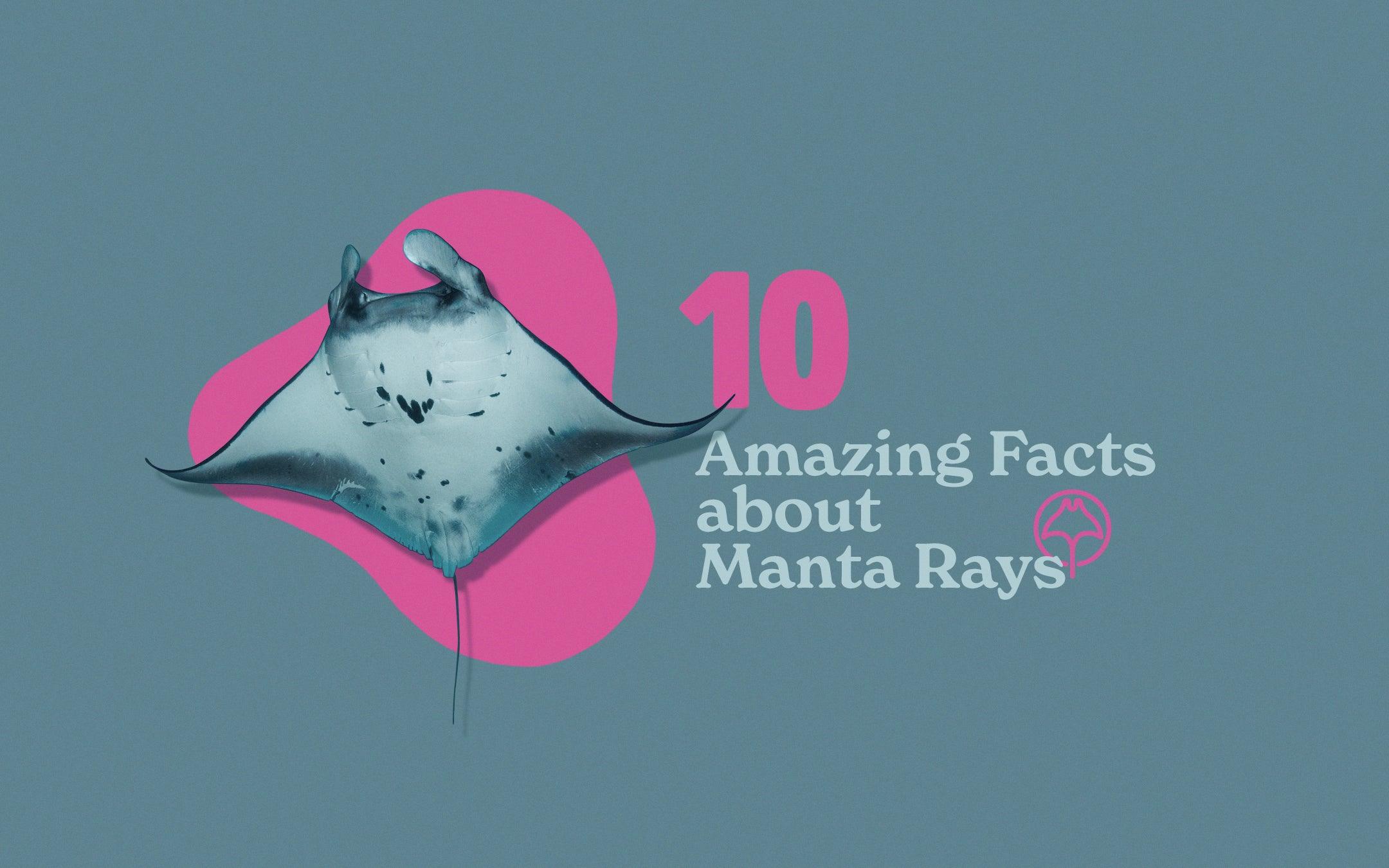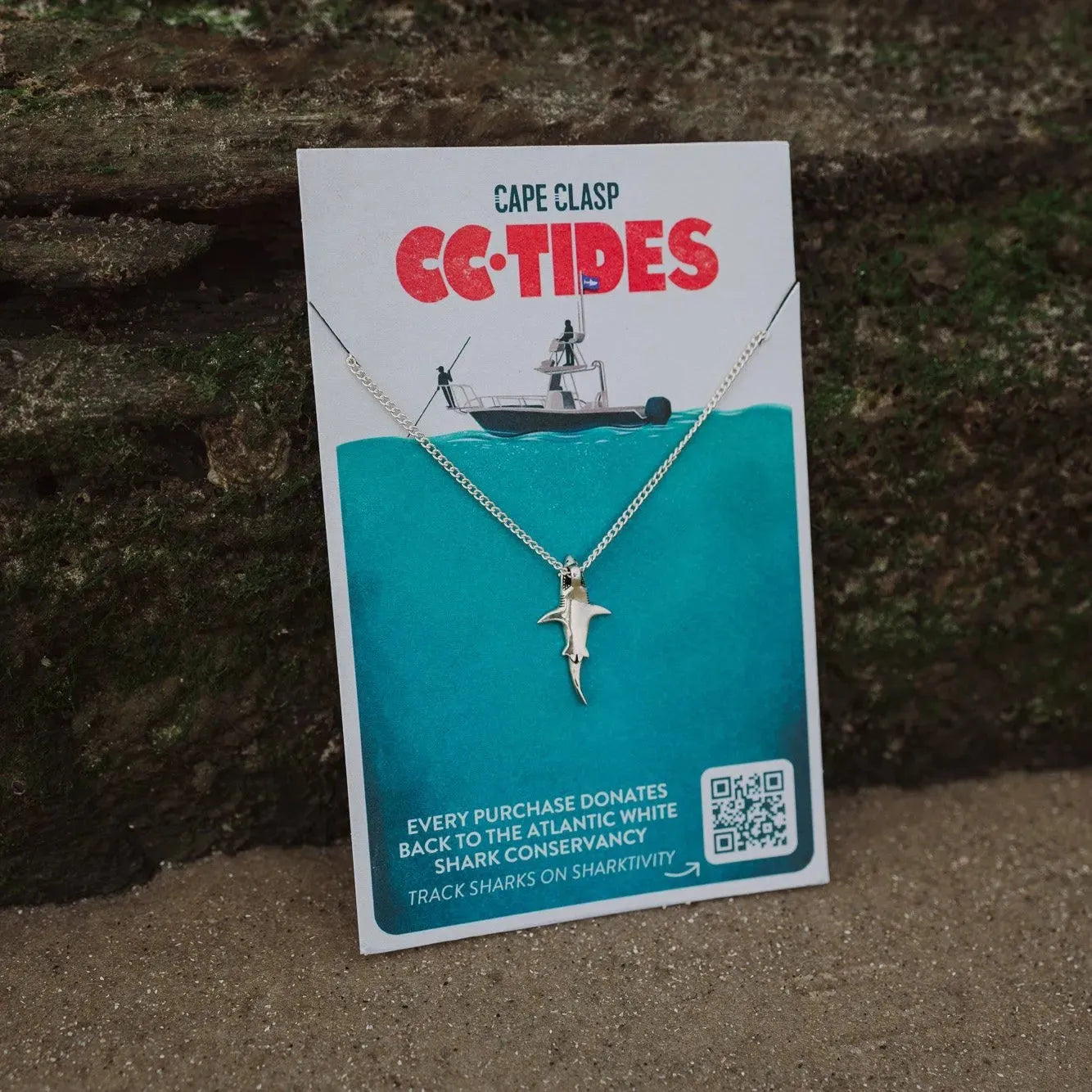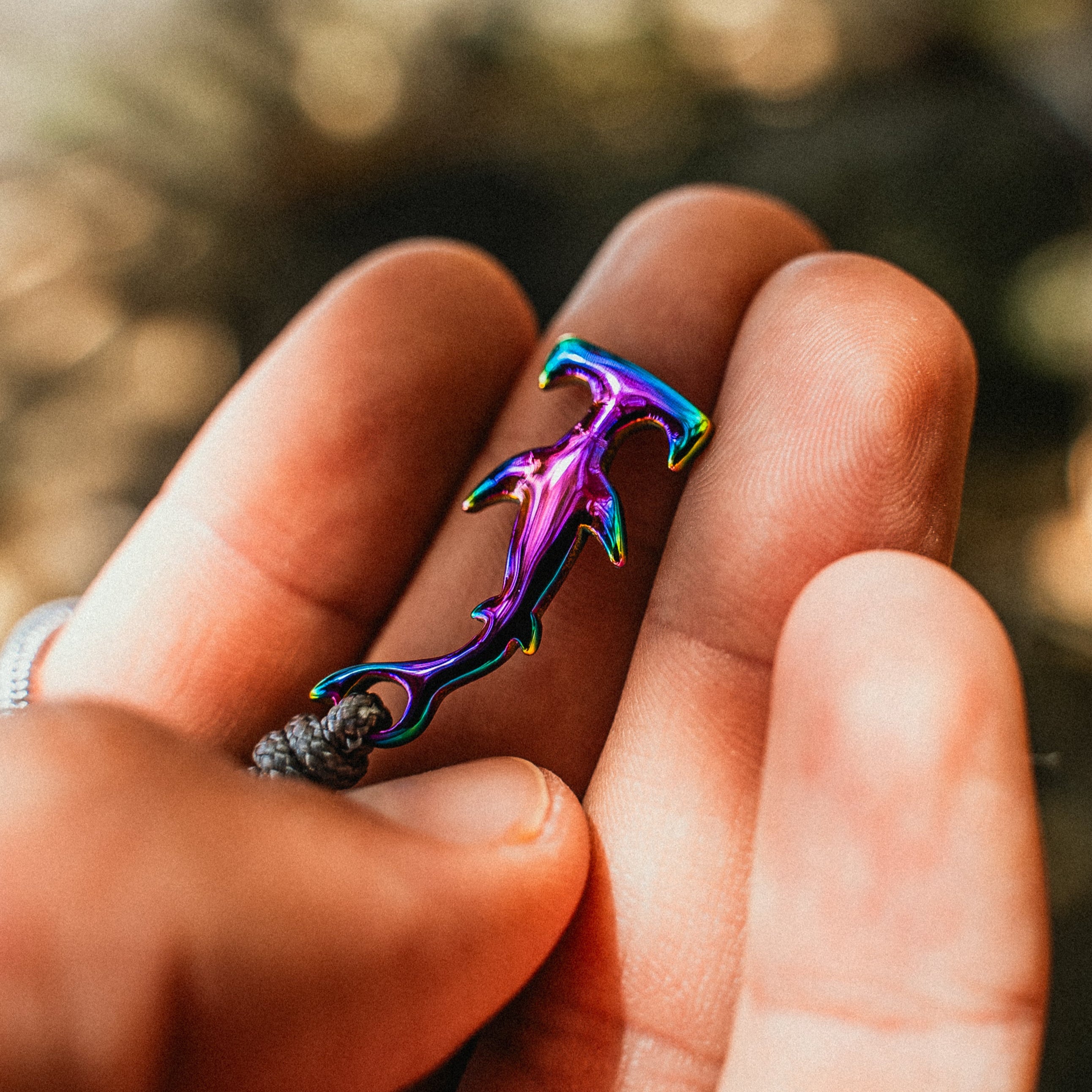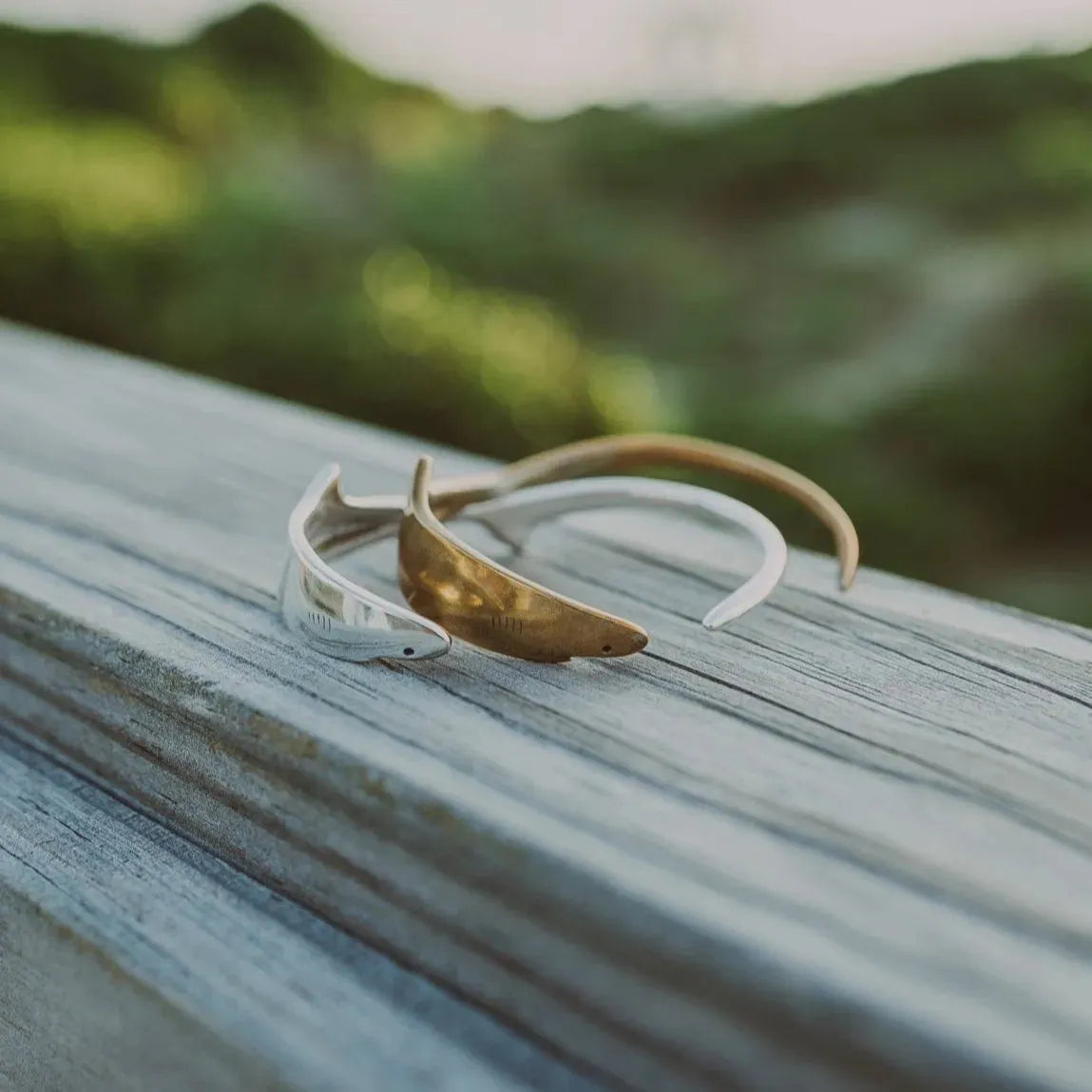
10 Amazing Facts About Manta Rays
Manta rays are one of the most unique and eye-catching animals on planet earth. They also happen to be related to another popular ocean creature… sharks! Rays, sharks and skates are all known as elasmobranchs because they have skeletons made out of cartilage instead of the usual bone.
Due to the relation to their toothy cousins (and to the stingray) people can mistake manta rays for scary predators. Don’t fret though, because manta rays don’t actually pose any threat to humans. Let’s quell some of those unwarranted fears with 10 fun facts about these majestic ocean creatures.
1.) A perfect name.
The name “Manta” comes from the Spanish language and means "blanket" or "cloak". It perfectly describes the appearance of the animal's large, flat, diamond-shaped bodies, which are symbolized by triangle-shaped pectoral fins.
They also have two fins shaped like horns sticking up from their heads, which led to manta rays being given the nickname “Devil Fish.”
2.) Smarter than the average fish.
Manta rays have one of the largest brain-to-body ratios of any fish. Like elephants, dolphins, and apes, they have shown high levels of intelligence and long-term memory ability. Manta rays can also pass the mirror test, a test used to determine whether an animal possesses the ability of visual self-recognition. On top of all of that, they are able to map their underwater environment by using sight and smell.
3.) How big is big?
Mantas are one of the largest fish species in the ocean. They have an enormous wingspan of up over 8.5 meters (about 29 feet) and can weigh up to 2.4 tons (5,300 lbs). Their skin is pretty incredibly too, as it’s covered in mucus to protect it from disease and infections.
These rays have markings on the underside of their bodies that are unique to each fish – like fingerprints for humans. This means that individual manta rays can be identified via their unique marks helping with research projects!

4.) Reproduction and mini-manta rays.
Female manta rays hit their sexual maturity around the age of eight, and they usually give birth to one - sometimes two - pups every couple of years.
Their pregnancy lasts between 12 to 13 months and baby mantas are born looking like mini-versions of adults, and receive no further care from their mothers. Regardless of any outside threats, they can live for up to 50 years of age!
5.) They are under threat.
Unfortunately, mantas are currently classified as 'vulnerable' by the IUCN (International Union for Conservation of Nature). The biggest threat to these sea creatures is overfishing, and due to mantas living long lives with their lack of urgency in reproducing, they are unable to repopulate at a speed that makes up for the overfishing that is wiping them out.
The giant rays are heavily fished due to their use in Chinese medicine, as many Chinese healers believe their meat and gills help with increasing blood flow to cure chickenpox.

6.) They're gentle giants.
One of the biggest misconceptions of our friendly sea neighbor is that they have the ability to sting you with their tail. The animal, of course, with the stinger tail is the stingray (which tragically took the life of Crocodile Hunter/legend Steve Urwin).
Manta rays do not have a poisonous stinger. They are harmless to humans and you can, in fact, dive and swim next to these gentle giants safely. (If you do swim with them, please be respectful!)
7.) Diet: what's on the menu.
These enormous fish actually eat very small creatures. Just like whales, manta rays swim with their mouths open while they feed on large quantities of zooplankton, segmented worms, and shrimp-like crustaceans.
They sometimes use acrobatic techniques when feeding, which can include performing repeated somersaults to remain in the same spot that is packed with plankton.

8.) They can fly and dive (what CAN'T they do)?
Manta rays are known for leaping out of the water (think: the breaching that white sharks are known to do). While this spectacular action is unexplained by marine scientists, some experts believe that this behavior could relate to mating rituals or the removal of parasites.
Giant manta rays are also deep divers. They can dive more than one kilometer (3,280 feet) below the surface!
9.) Habitat: where can they be found?
Manta ray’s generally live in warm, tropical and subtropical waters. If you can think of some of the world’s most beautiful spots with clear blue water, manta rays won’t be too far away!
These locations include Fiji, Thailand, the Bahamas, Spain, Australia, and the Maldives.
10.) They really love being clean.
Mantas are clean freaks - they will seek out and return repeatedly to “underwater cleaning stations” to have smaller fishes clean them of parasites and dirt.
In fact, they can spend hours a day getting clean and they even wait in line for their turn, like a queue at your local car wash!

Shop our Manta Ray Clasp or our Manta Ray Necklace to help support Sea Legacy, our NPO partner that combines decades of experience in conservation, photography, and communications, with the latest digital and social technologies, to build a healthy future for our oceans.









